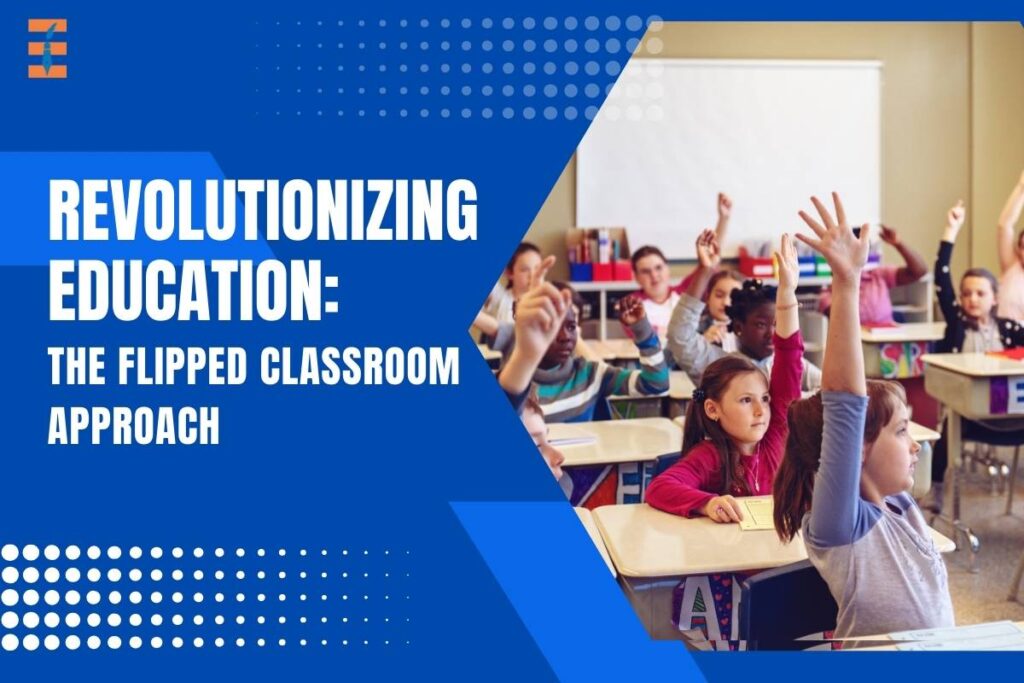In the ever-evolving landscape of education, innovative pedagogical methods continually emerge, aiming to enhance learning outcomes and adapt to the needs of diverse learners. Among these approaches, the concept of the flipped classroom has gained significant attention and acclaim. Departing from traditional instructional models, it flips the script on how students engage with course material, transforming the learning experience inside and outside the classroom. This article delves into the intricacies of the flipped classroom approach, exploring its principles, benefits, challenges, and broader implications for education.
Understanding the Flipped Classroom:
At its core, this model reverses the traditional structure of teaching and learning. In a conventional classroom setting, students passively receive lectures during class time and then work on assignments or exercises independently at home. In contrast, the flipped classroom model flips this arrangement. Students are first introduced to new concepts or material through pre-recorded lectures, readings, or multimedia resources, which they engage with independently outside of class. Then, during class time, they actively participate in discussions, collaborative activities, and problem-solving exercises under the guidance of the instructor.
Principles and Components:
Several key principles underpin the flipped classroom approach:
1. Active Learning
Students become active participants in their learning journey, as they are tasked with digesting new content independently and then applying and synthesizing their understanding in interactive class activities.
2. Flexible Learning Pace
Learners have the flexibility to engage with course materials at their own pace, allowing for personalized learning experiences that cater to individual learning styles and needs.
3. Teacher Facilitation

Instructors serve as facilitators rather than sole purveyors of knowledge. They guide students through discussions, provide clarifications, offer feedback, and foster critical thinking skills.
4. Technology Integration
Digital platforms and tools play a pivotal role in delivering instructional content, enabling students to access resources anytime, anywhere, and facilitating communication and collaboration among peers.
Benefits of the Flipped Classroom:
The flipped classroom model offers a myriad of benefits for both students and instructors:
1. Enhanced Engagement
By actively participating in class discussions and activities, students are more engaged with the course material, leading to a deeper understanding and retention of concepts.
2. Individualized Learning
Students can progress through content at their own pace, allowing for differentiated instruction and targeted support for struggling learners or those seeking additional challenges.
3. Promotion of Critical Thinking
Collaborative problem-solving activities and discussions foster critical thinking skills, as students analyze, evaluate, and apply knowledge in real-world contexts.
4. Increased Interaction
The flipped classroom promotes peer-to-peer interaction and peer teaching, creating a collaborative learning environment where students learn from each other’s perspectives and experiences.
5. Immediate Feedback

Instructors have more opportunities to provide timely feedback and address misconceptions or gaps in understanding during face-to-face interactions in class.
Challenges and Considerations:
While the flipped classroom model offers numerous benefits, it also presents certain challenges and considerations:
1. Access to Technology
Disparities in access to technology and internet connectivity may pose barriers to students’ ability to engage with online resources outside of class.
2. Preparation Time
Developing high-quality instructional materials, such as video lectures or interactive modules, requires significant time and effort on the part of instructors.
3. Student Accountability
Without direct supervision during independent study time, ensuring that all students engage with pre-class materials and come prepared to participate can be challenging.
4. Classroom Management
Managing class dynamics and ensuring that all students actively contribute to discussions and activities requires effective classroom management strategies.
5. Resistance to Change
Implementing a flipped classroom model may encounter resistance from both students and instructors accustomed to traditional teaching methods, necessitating ongoing support and professional development.
Implications for Education:
The flipped classroom approach has far-reaching implications for the future of education:
1. Shift in Pedagogical Paradigm
It represents a paradigm shift from passive to active learning, emphasizing student-centered approaches and the cultivation of 21st-century skills.
2. Personalized Learning
By catering to individual learning needs and preferences, this model aligns with the broader movement toward personalized learning and differentiated instruction.
3. Integration of Technology

As technology continues to play an integral role in education, the flipped classroom harnesses digital tools to enhance learning experiences and expand access to educational resources.
4. Preparation for the Digital Age
Equipping students with the ability to navigate online resources, collaborate effectively in virtual environments, and engage in self-directed learning prepares them for success in an increasingly digital and interconnected world.
Conclusion
In the quest to revolutionize education and meet the diverse needs of learners in the 21st century, it emerges as a powerful pedagogical approach. By flipping the traditional model of teaching and learning, educators can foster deeper engagement, critical thinking, and collaboration among students, ultimately empowering them to become active participants in their learning journey. While challenges exist, the transformative potential of the flipped classroom model holds promise for shaping the future of education and unlocking new opportunities for student success.










